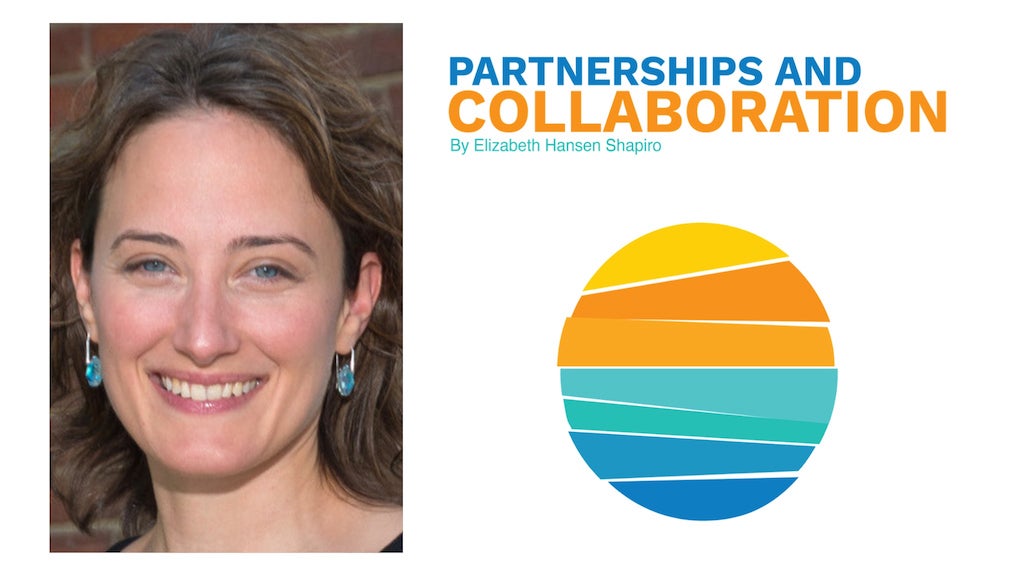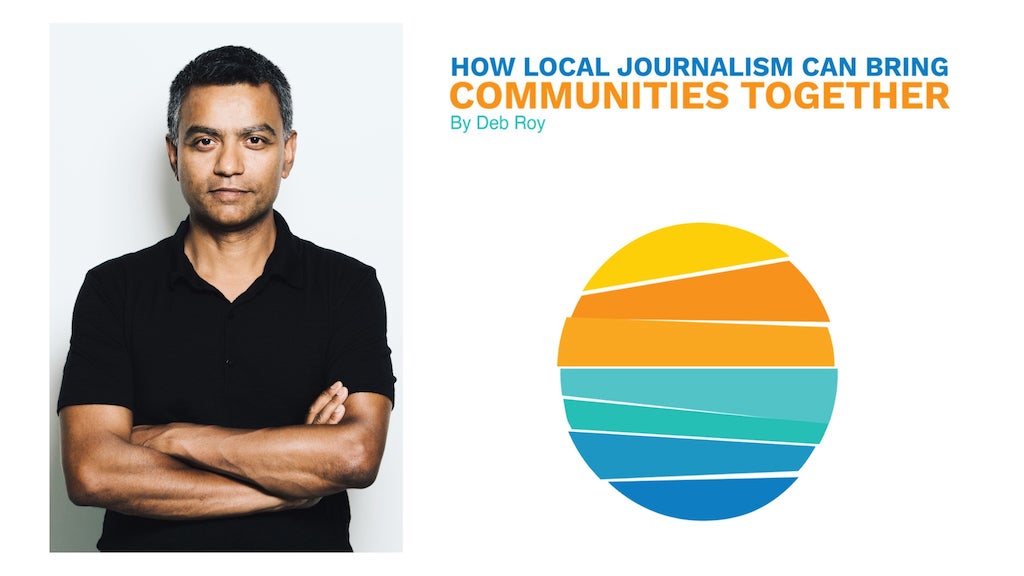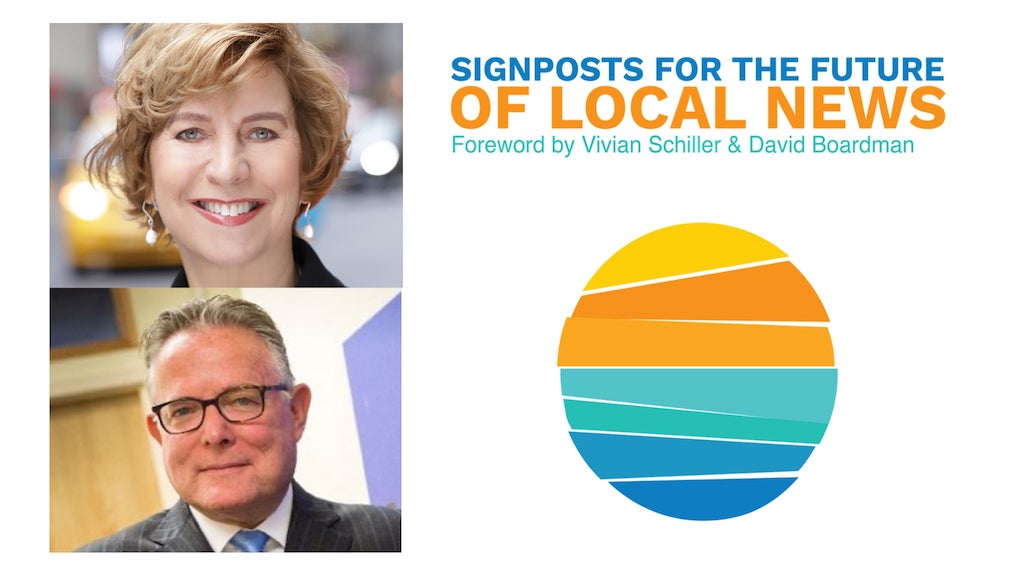FUNDING AND REVENUE MODELS
By Jim Friedlich, Executive Director & CEO, The Lenfest Institute for Journalism
I have never worked full-time as a journalist. Apart from a handful of bylines, I have always been in revenue-generating or investing roles of the news industry. My passion — and The Lenfest Institute’s mission — is funding great journalism, particularly investing in new business models so that great journalism can fund and sustain itself.
I have also worked in both for-profit and nonprofit news. There is a kind of religious divide in American local journalism between for-profit and nonprofit business models. That divide is unnecessary and unhelpful.
We need to marshal both commercial and philanthropic forces if we are to have any prayer of rebuilding local news at scale.
Non-profit news media is, at least at the moment, far too small to adequately solve the problems of local news. It is a promising toddler, maybe this year a gangly teenager. It needs to grow meaningfully in both revenue and business sophistication.
The good news is that nonprofit news is now growing rapidly to scale, but it remains a very small business.
Conversely, in order to survive and to thrive, for-profit news media must do a much better job reinventing itself — its products, its customer value, and its community values. In a way, nonprofit news needs to become much more commercial, and for-profit news much more audience-centric and mission-based. The question is how to meaningfully accelerate both commercial and non-profit local news revenue growth.
The Challenges
First, how does the industry grow major philanthropy — both national and local funding — from something on the order of $200-$300 million in annual local news funding to more like a billion a year? Even this billion dollar figure is still dwarfed by philanthropic funding for healthcare, education, the environment, or the arts, all enabled in part by public-service journalism. This is a basic advancement challenge and well within our reach.
Second, how do we increase individual reader giving — through memberships, subscriptions, and grassroots fundraising?
It is hard to quantify the total market potential for individual giving, but it is very clear that we have reached nowhere near it. It has been reported that The Boston Globe, a single, well-run regional newspaper, has about 235,000 digital subscribers, with most paying the full price of $1 per day.
Third, how can publishers better build earned revenue such as advertising, events, and sponsorship for both for-profit and nonprofit news organizations? Do we really have to give up local news advertising for dead when we attract coveted audiences in so many communities?
And perhaps most creatively, how can new financing and ownership structures fund local news acquisitions? Impact investing is a well-trodden path in other markets, like affordable housing, farmland trusts, and nature conservancies, but not yet local news. There’s huge potential here.
Key Recommendations Compiled from Local News Summit Conversations on Funding and Revenue Models
Focus on the solutions, not the problems
Adapt a solutions orientation to all manner of fundraising and revenue raising. Present prospective funders with solutions, impact, and upside in which to invest.
“Learn to fish”
Success for the field of local news requires significant new capacity-building in both philanthropic fundraising and for-profit revenue skills. Our industry must invest in training and skill-building across the revenue spectrum, including such initiatives as the News Revenue Hub and The Lenfest News Philanthropy Network. These efforts must focus on both grassroots donors/members and subscribers and on major donors and philanthropies.
Rethink local advertising
Local news must reinvent its approach to local advertising and marketing service offerings in order to help revitalize this once-lucrative revenue source and present a viable alternative to cheap online advertising.
Reframe “saving journalism” as “supporting democracy”
News organizations must pivot funding and revenue messaging from “saving journalism” to “supporting democracy.” Publishers must restore trust and build relevance by emphasizing our role in serving communities and in supporting our democracy.
Expand impact investing
Last but not least, we must better and more creatively access capital markets. There is a significant opportunity to bring new types of capital and impact investors into the journalism space. Publishers should educate investors on how local journalism can meet their impact goals and devise strategies for how public policy can work with private investment to incentivize transactions.
 Jim Friedlich serves as Executive Director & CEO of The Lenfest Institute for Journalism, an innovative nonprofit organization that supports local journalism in Philadelphia and nationwide. The Institute is the owner of The Philadelphia Inquirer, now the largest newspaper in America owned by a nonprofit organization. Friedlich was a long-time executive at Dow Jones and Company, leading business operations for The Wall Street Journal for Europe, Asia, and Latin America. He was a Board Director of CNBC International and a seed investor in Business Insider.
Jim Friedlich serves as Executive Director & CEO of The Lenfest Institute for Journalism, an innovative nonprofit organization that supports local journalism in Philadelphia and nationwide. The Institute is the owner of The Philadelphia Inquirer, now the largest newspaper in America owned by a nonprofit organization. Friedlich was a long-time executive at Dow Jones and Company, leading business operations for The Wall Street Journal for Europe, Asia, and Latin America. He was a Board Director of CNBC International and a seed investor in Business Insider.



